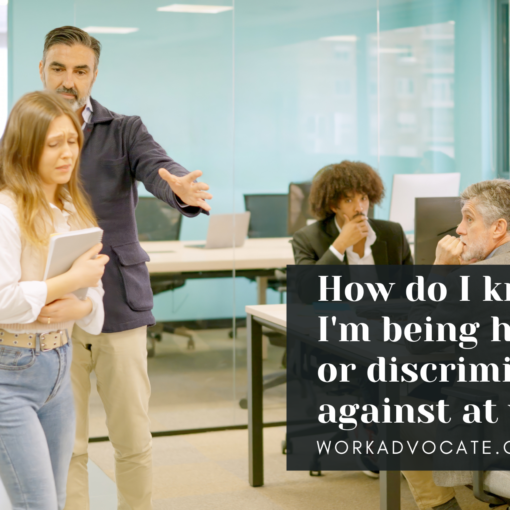
The rise of remote work has brought about many benefits, including increased flexibility, improved work-life balance, and reduced commuting time.
However, even in the comfort of our own homes, we are not immune to the potential for hostile work environments at home.
A hostile work environment is defined as a workplace where unwelcome conduct based on a protected characteristic (such as race, gender, religion, or disability) creates an intimidating, hostile, or offensive atmosphere.
Even in the safety of working in your pjs, various forms of harassment, discrimination, or bullying can occur.
Forms of Harassment While Working From Home
While physical harassment may be less prevalent in remote work settings, other forms of hostility can still thrive. These include:
- Cyberbullying: Online harassment through emails, instant messages, or social media platforms.
- Verbal Abuse: Yelling, derogatory comments, or offensive language during virtual meetings or phone calls.
- Discrimination: Unfair treatment or exclusion based on protected characteristics.
- Microaggressions: Subtle, indirect, or unintentional behaviors that communicate hostility or disrespect.
- Unreasonable Demands: Excessive workload, unrealistic deadlines, or constant monitoring that create a stressful and unhealthy environment.
How Can This Affect You?
The effects of a hostile work environments at home can be significant, most importantly, impacting both physical and mental health.
These include:
- Increased stress and anxiety
- Decreased productivity and motivation
- Sleep disturbances
- Difficulty concentrating
- Loss of self-esteem
- Depression

What Should You Do?
If you are experiencing a hostile work environment while working from home, there are steps you can take to address the situation:
- Document the incidents: Keep a detailed record of the date, time, and nature of the hostile behavior, including any witnesses.
- Report the behavior: Follow your company’s reporting procedures and notify your supervisor or HR department.
- Seek support: Talk to a trusted colleague, friend, or family member about what you are experiencing.
- Consider professional help: A therapist or counselor can provide guidance and support in dealing with the emotional impact of a hostile work environment.
- Know your rights: Familiarize yourself with your legal rights and protections against workplace harassment.
Take Control of Your Work Environment:
If you’re feeling overwhelmed or unsure of how to navigate a hostile work environment, consider seeking additional support. The Hostile Workplace Defender can provide you with the tools and resources you need to protect yourself and create a safe and healthy work environment.
Remember, you are not alone. It is important to emphasize that regardless of whether harassment occurs in a physical office or primarily at home, it shouldn’t be a part of your work life.
In fact, harassment is unacceptable in any work setting and should be addressed promptly and effectively to ensure a safe and respectful work environment for everyone.
By taking action and seeking support, you can create a safe and healthy work environment for yourself and others.




